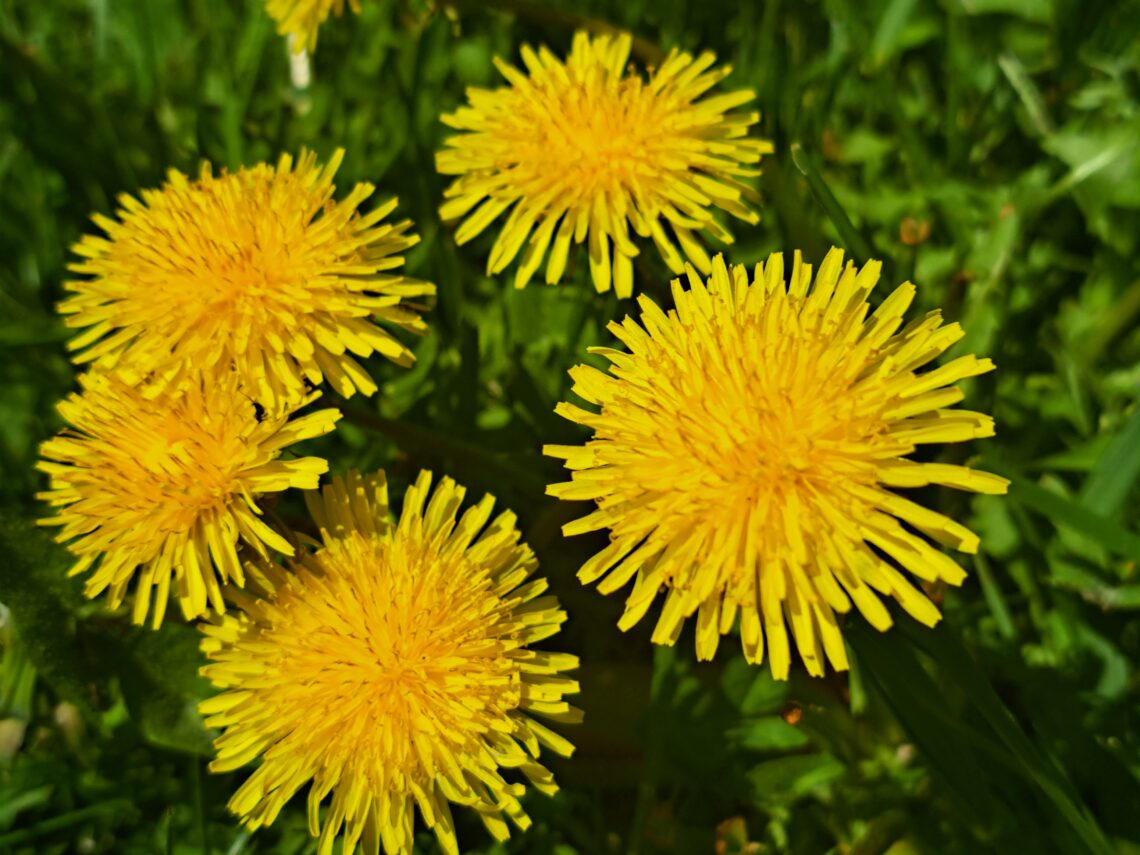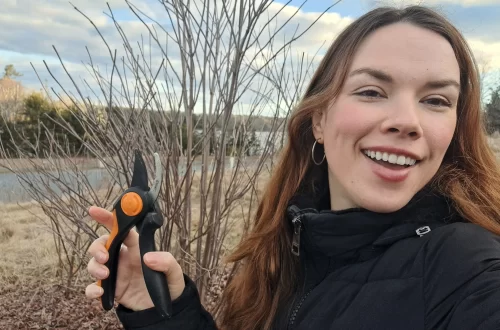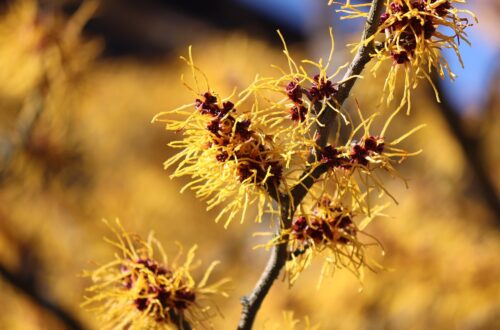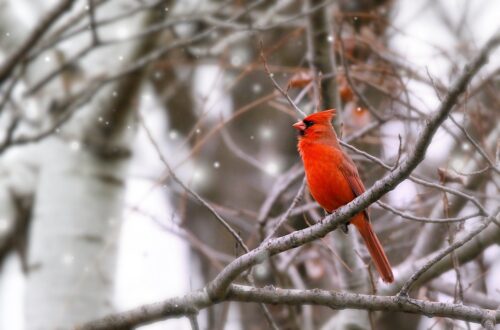Organic tips for the best weed control for lawns and gardens!
Summer brings massive growth to garden beds and lawns. Grass grows faster, tomato plants take off, and fast growing crops like radishes and carrots reach a harvestable size. But alas, all that plant growth isn’t limited to just the plants we want around… weeds grow wildly at this time of the year too!
Staying on top of weeds is important for several reasons. Not only can weeds outcompete veggies and flowers, but they can harbor plant pests and diseases that may spread to garden plants. But just because you have a few garden or lawn weed plants, doesn’t mean you need to start spraying with herbicides.
If organic gardening is as important to you as it is to me, you’re probably looking for natural ways to keep weeds at bay. Below, you’ll find my favorite tips for preventing weeds, plus easier ways to control and remove existing weeds without herbicides!
Affiliate disclosure: As an Amazon Associate, I may earn commissions from qualifying purchases.
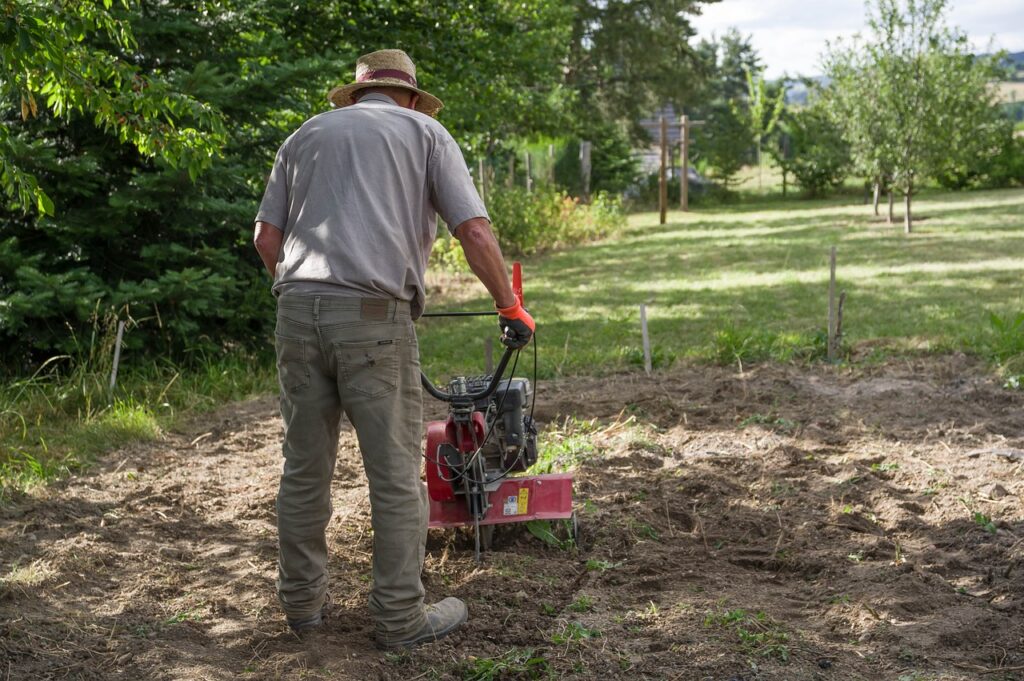
9 All Natural Weed Control Tips for Lawn and Gardens
A while ago, I wrote a post about books that changed the way I garden, and at the top of the list was Lee Reich’s book Weedless Gardening. That book helped me recover from my disastrous first year of gardening when my veggie beds were overrun with lamb’s quarter, smartweed and other “weeds” I couldn’t name.
If you’d like a deeper dive into natural weed control, I recommend reading Reich’s book. But to get you started, these 9 tips weeding tips are what I currently use to keep weeds down in my lawn, flower and veggie beds.
1. Practice no dig gardening.
With no dig or no till gardening, the goal is to disturb soil as little as possible. The basic reason is simple: all soils contain weed seeds and soil disturbance brings those seeds to the surface and makes them sprout. Tilling is discouraged, weeding is done as gently as possible, and walkways and stepping stones are installed to reduce soil compaction.
Instead of tilling gardens each spring, no dig gardeners build their soils from the top down by adding fresh layers of compost and mulch to their beds every year. This suppresses weeds, but it also makes soils more fertile and keeps earthworms happy (worms and tillers don’t mix, after all!)
- If you’d like to practice no dig gardening in an established flower or veggie bed, add layers of compost and mulch in spring or fall. I like to top my beds off with about 1 to 2” of compost and then a layer of natural mulch to replenish the mulch that broke down over the growing season.
- If you’re starting a new garden bed, remove as many weeds as possible, cut grass down low to the ground, cover the soil with cardboard or layers of newspaper, and then start building your new soil on top using layers of compost, autumn leaves, aged manure and other organic matter.
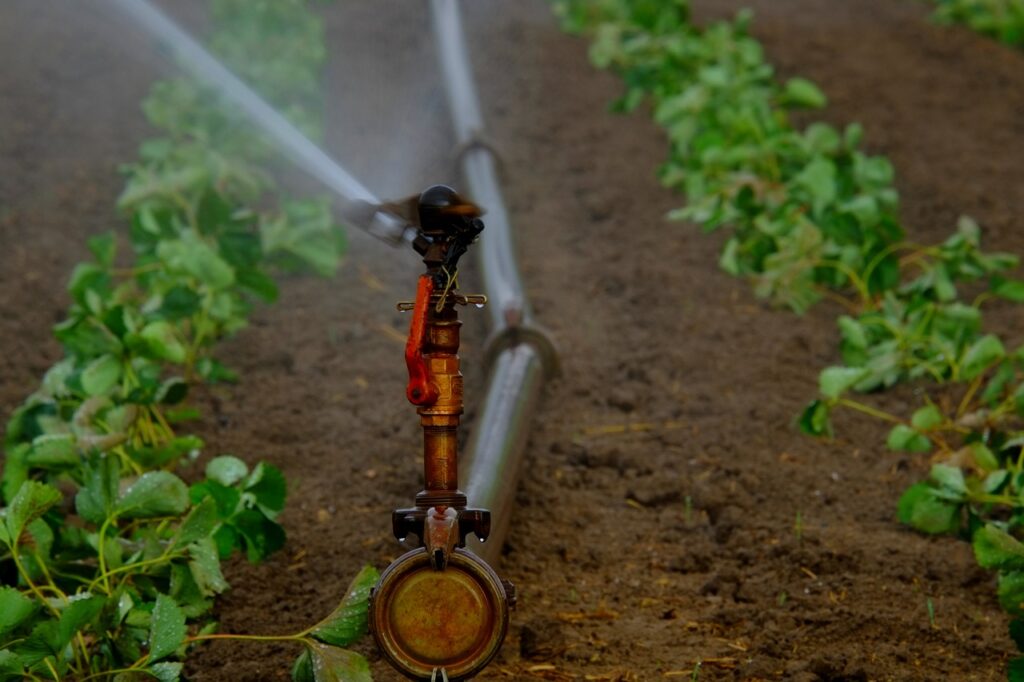
2. Avoid overhead watering.
Overhead watering with a garden hose or sprinkler doesn’t just waste water. It can also make gardens weedier!
Sprinkler systems, in particular, are not precise and that overspray of water that lands beyond your vegetable plants can end up watering the weed seeds you don’t want! Switching to more precise hand watering is a step in the right direction. But if you want to keep weeds down, you’ll get even better results with drip irrigation.
Drip systems direct water straight to plant roots and leave the surrounding soil bone dry. This starves weed seeds out of the water they need to sprout, but provides the plants you actually want to grow with the water they crave. Plus, drip lines save water and they can be fully automated, so you don’t need to feel guilty about taking a vacation!
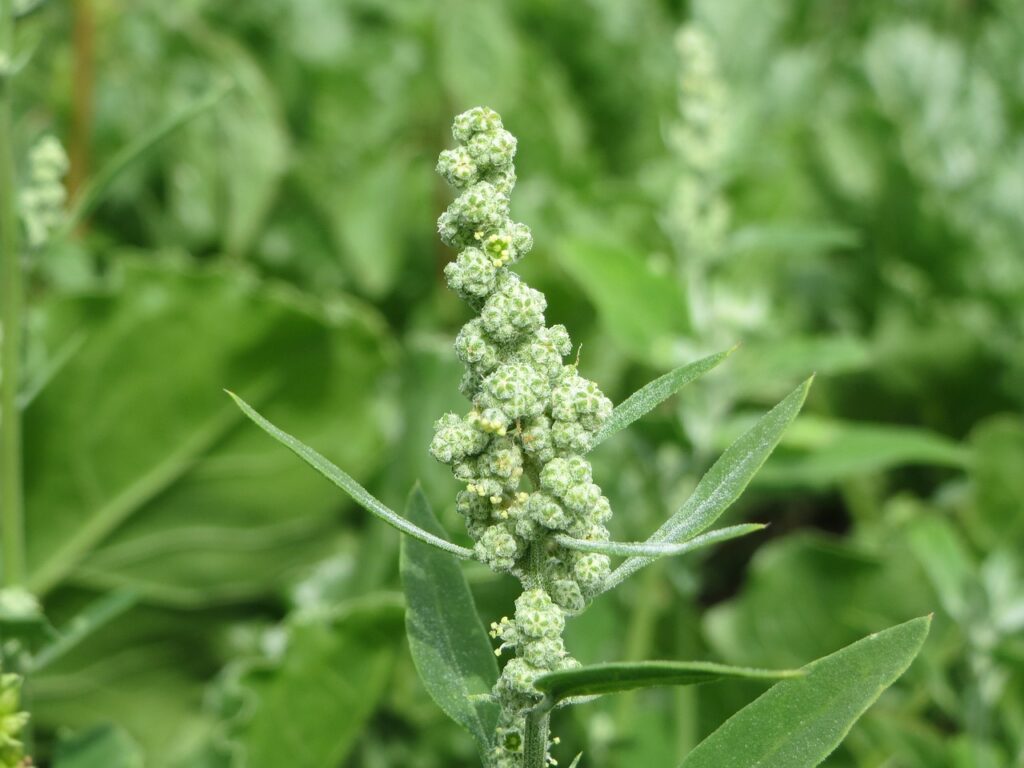
3. Start early.
Weeds are much easier to eradicate if you target them right after they sprout. Raking or hoeing over young weed seeds severs their tender stems and keeps them from growing bigger. If you have a very weedy garden, you may need to repeat this process several times, but regular hoeing followed by a layer of mulch will knock out most weeds.
If you’re starting a new garden or re-starting a garden that’s gotten super weedy, lay down some weed barrier materials before heaping on fresh soil or compost. Layers of newspaper, cardboard (no colored inks!), or kraft paper (my personal choice) work best for me, while I steer clear of plastic weed barrier fabrics. I used a plastic weed barrier fabric once and it degraded into messy shreds of plastic in my garden within a few years – never again!
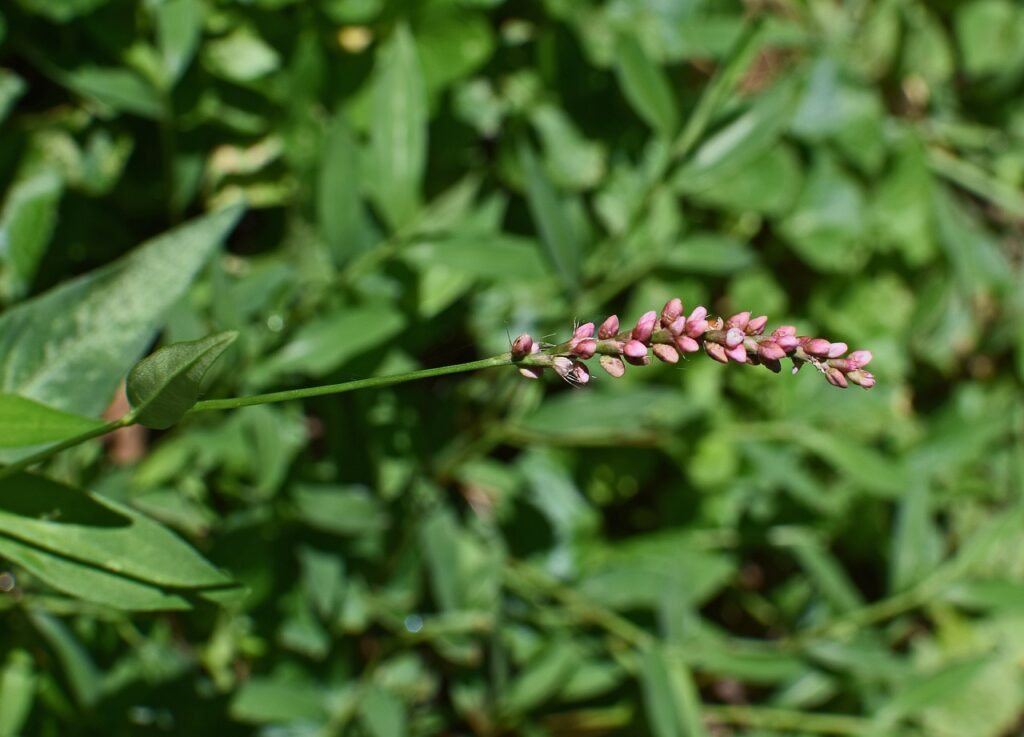
4. Invest in a hori-hori.
Personally, I don’t mind when dandelions pop up in my lawn or garden (to be honest, I encourage it). But if I ever spot a dandelion that’s in a particularly inopportune place, the only dandelion killer I use is my trusty hori-hori!
Also known as the Japanese gardening knife, hori-hori’s have a long, slender blade that’s easy to slip into the soil without disturbing surrounding plants or interfering with my no dig gardening style. The serrated side of the hori-hori blade is perfect for sawing through tough tap roots way down deep in the soil so they don’t regrow. My hori-hori is the tool I turn to when weeding, but I also use it to plant bulbs (so I recommend getting a hori-hori with depth measurements on the blade).
If you are dealing with really difficult weeds that you can’t dig up, cutting them down repeatedly throughout the growing season will weaken them so they eventually stop growing.
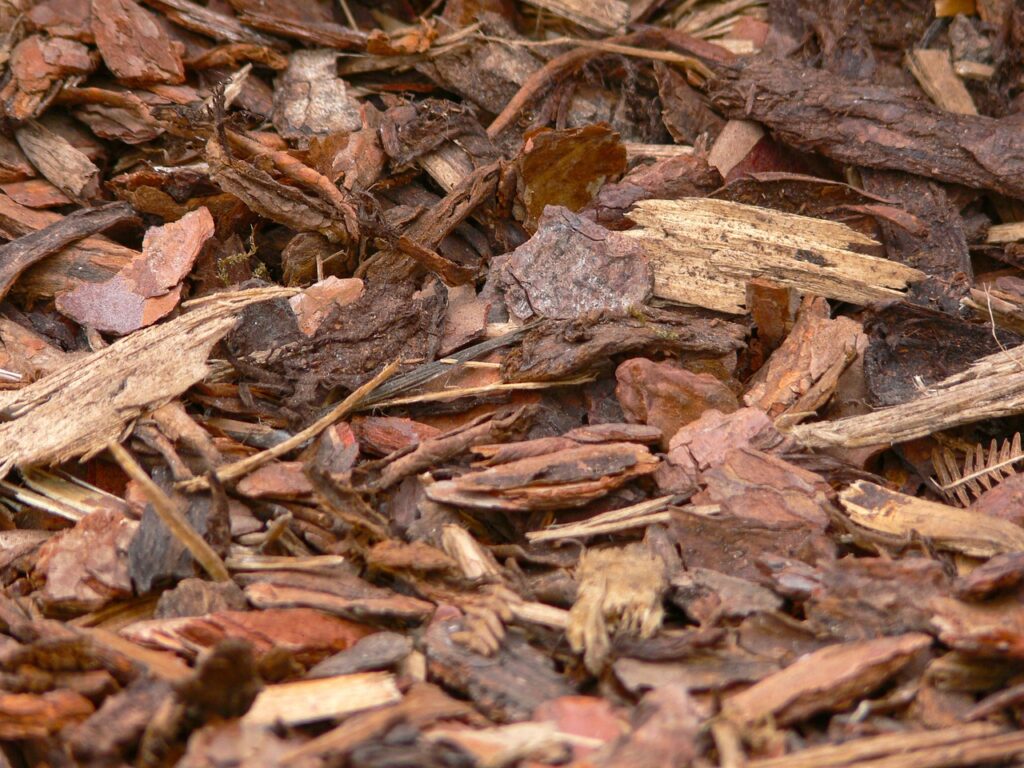
5. Mulch, mulch, mulch!
A wise man once said, “Nature abhors a vacuum” (*cough* it was Aristotle and the actual quote was: “Horror vacui”). And that’s particularly true when we’re talking about weeds.
You can labor for days removing every weed from your garden, but if you leave your soil uncovered, weed seeds will find their way back in. But that’s where mulching comes in!
Thick, 1 to 3” layers of mulch applied annually in spring or fall is one of the best ways to keep weeds from returning. I like to used bark mulch in my flower beds and chopped autumn leaves, compost, or weed-free straw in my vegetable garden, but that’s a matter of personal taste. Use whatever natural mulches are available to you – pine needles can be particularly good if you have access to them and tree removal companies often give wood chips away for free!
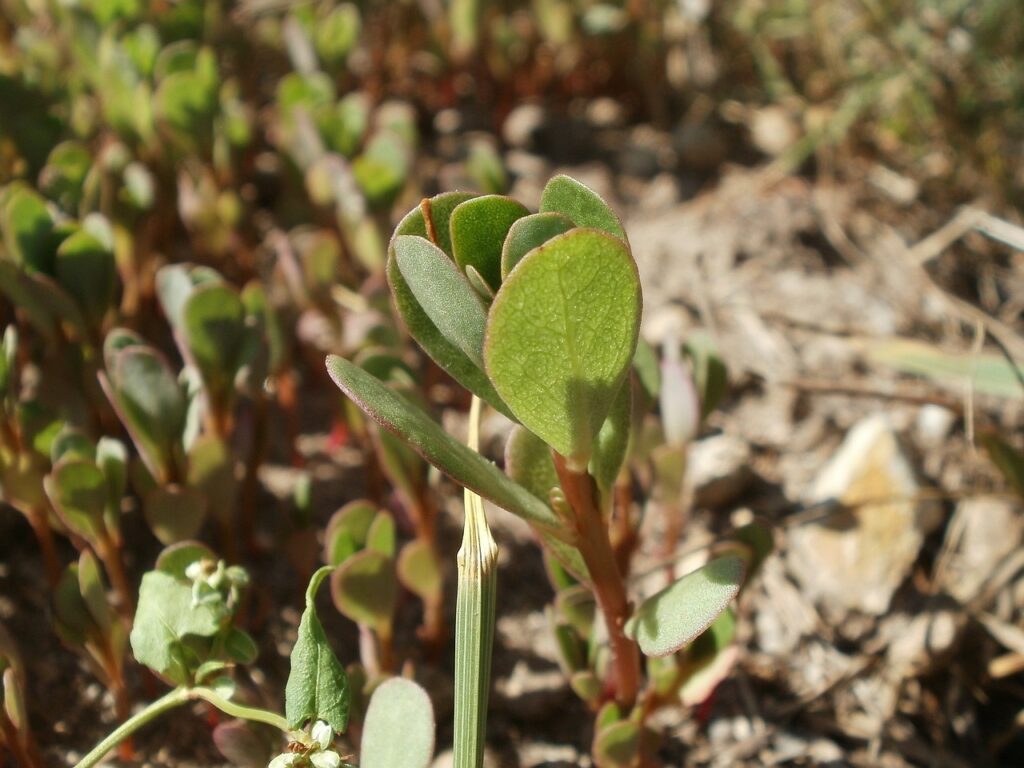
6. Apply fertilizers carefully.
Just as the overspray from sprinklers inadvertently waters weed seeds, being imprecise with fertilizer applications can also feed weeds and make them grow. To avoid this, be careful with fertilizer applications, applying side dressing of compost or granular fertilizer when needed and adding liquid fertilizers with a precise garden sprayer.
Always follow the application instructions on fertilizer packaging and don’t place granular fertilizers directly against plant stems — it can burn plant tissue and cause rot!
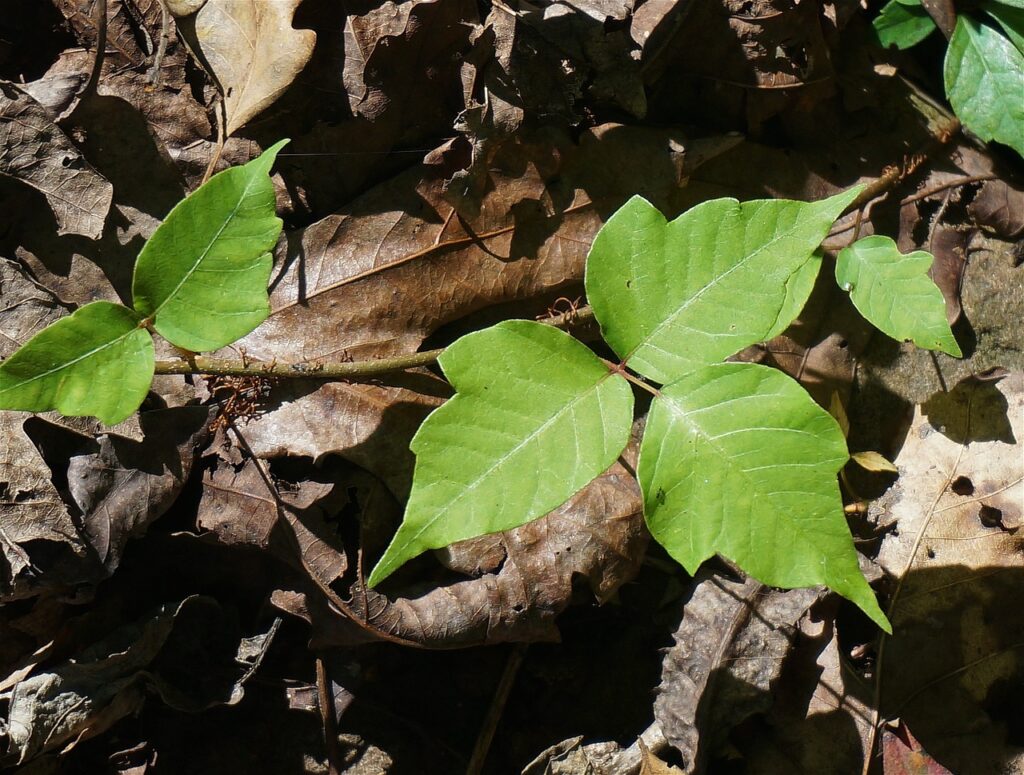
7. Try tarping.
Tarping is best for particularly stubborn patches of weeds or large areas of weedy growth. You can also use tarping to prepare soils where you intend to add a new area of lawn or garden bed.
First, remove as many tall weeds and grasses as you can with pruners or by mowing the area low to the ground. Then, cover the area with dark plastic tarps or sheets of cardboard and anchor them in place with landscape staples, bricks, or heavy stones. Leave the covering in place for about 6 weeks and then remove the covering, rake the dead weeds away, and start planting.
Tarping can be done at any time of the year, but I find it works best either early in the season when weeds are small or in mid-summer when hot weather helps to “cook” the weeds beneath the tarp. I’ve used tarping to prepare new planting areas, including parts of my lawn that I wanted to convert from grass to clover, but I also use tarping to control troublesome plants like poison ivy that I can’t hand-pull!
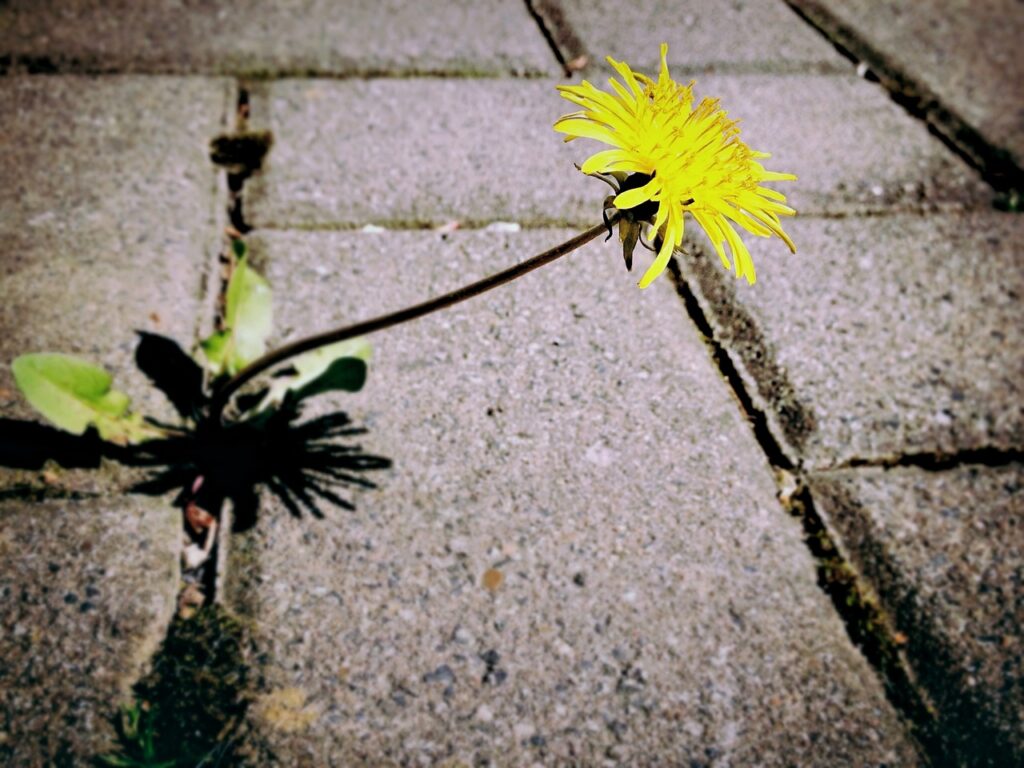
8. Use natural weed killer products.
Hand-pulling or hoeing weeds is best for flower and vegetable gardens. But if you’re struggling with weeds in a hard to reach spot or you need to tackle weeds you can’t hand-pull (like poison ivy), weed spraying may be in order. But skip the chemical herbicides!
Horticultural vinegar is an organic weed killer that’s approved for organic gardens and it can bust through most weeds without issue. This product has a much higher acidity than standard kitchen vinegar, so be sure to follow the manufacturer’s safety instructions and use appropriate safety gear, like gloves and eye goggles.
Aside from horticultural vinegar, weeding torches can also be used as chemical-free ways to get rid of nuisance plants. But only use these torches when there isn’t a high risk of fire and never use them on plants like poison ivy, which release irritating fumes when burned.
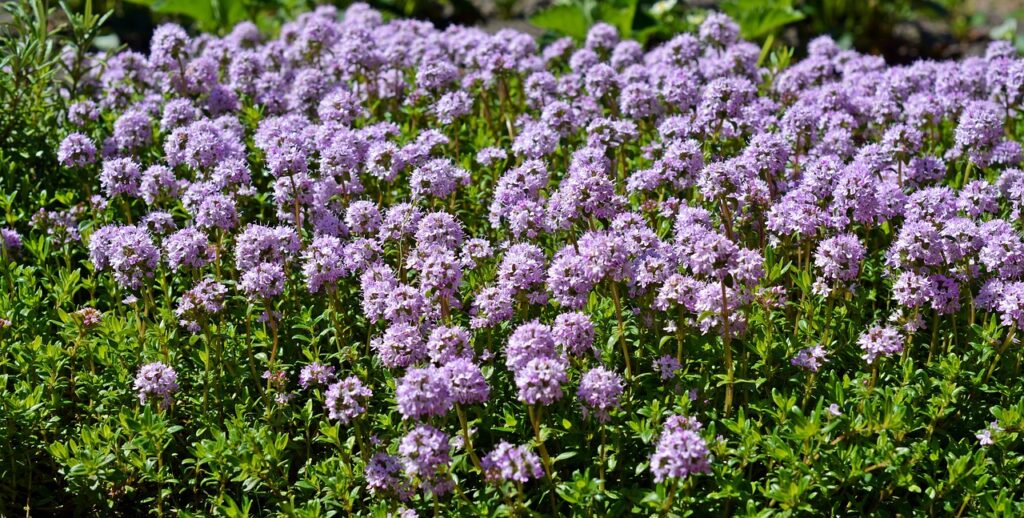
9. Grow groundcovers and cover crops.
Once you’ve removed weeds, keep the area covered with mulch or grow new plants to keep weeds in check. Fast-growing groundcovers can be particularly good at outcompeting weeds, but you can also grow wildflowers or other fast-growing plants.
Some native North American plants that can be used as groundcovers include:
- Wild ginger
- Wild strawberries
- Moss phlox
- Pussytoes
- Ferns, like hay-scented ferns and lady ferns
- Foamflowers
In veggie beds, try cover cropping with radishes, clover, or another cover crop blend. Cover crops act as living mulches, suppressing weeds and boosting soil fertility, and they’re usually planted in gardens at the end of the season after harvesting. If possible, look for winter-kill cover crops that won’t survive the winter in your area.
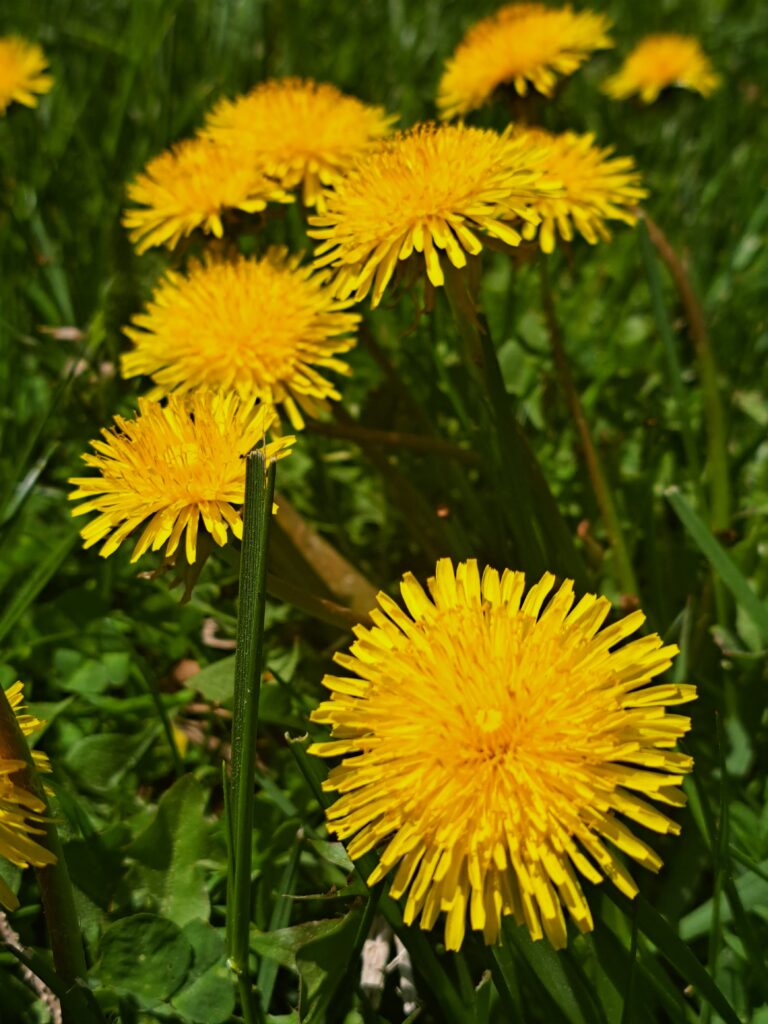
Frequently Asked Questions About Organic Weed Control for Lawns and Gardens
What is the most effective weeding method?
Consistency is key with weeding as no weeding method is 100% effective and you’ll never have a 100% weed-free lawn or garden. Plan to spend a little time every week weeding and then follow up with no-till gardening, drip irrigation systems, and mulch!
Is there anything that kills weeds permanently?
If you want to kill weeds permanently, you need to tackle the weed root by digging out the entire root system with a hori-hori or shovel.
How do you define weeds?
Weeds are really just plants that are growing in the wrong spot and what one person defines as a “weed” may be someone else’s edible plant, beautiful wildflower, or pollinator host plant. Learning how to live with a bit of imperfection and a few weeds can make gardening less stressful!
